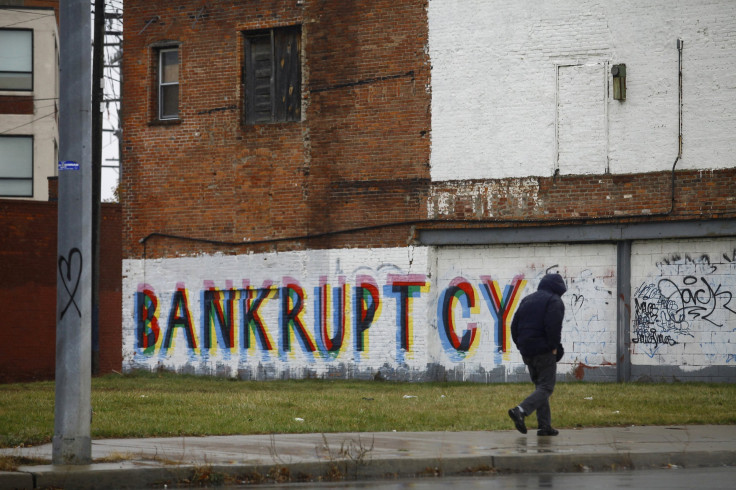US Cities Getting Whiter? Census Data Proves Gentrification In Many Metro Areas

After seeing numerous trend stories about gentrification over the past few years, we now have proof that significant numbers of whites are moving to cities across the country. The Detroit News last week spotted a change in the city’s population when looking at new data from the Census Bureau: The city’s white population rose by nearly 8,000 people in 2014, marking the first significant increase since 1950.
Detroit, which has been the poster city for white flight for decades, has seen its population continue to shrink in recent years even as the city has implemented policies attempting to lure people back to the city. So while 8,000 isn’t a large number out of Detroit’s total of 680,000 residents, the trend may signal that those policies are working.
Detroit isn’t the only city seeing more whites move there in recent years. After the Detroit News talked to William Frey, a demographer at the Brookings Institution, he conducted an analysis of Census Data with the Washington Post and found that nearly half of America’s 50 largest cities had also gained a statistically significant number of white residents from 2010-2014.
"I was skeptical," Frey told the Washington Post. "We have this long history of white declines in cities. It’s not just the last five years, 10 years, 15 years, it’s been going on in some places for even longer than that, and Detroit is one of them, clearly."
Since the 2010 census, Detroit’s white population has grown by more than 14,000 people or 2.5 percent. Of the top 50 U.S. cities, only 5 lost white people over the same time period. In the 2000s, 35 cities saw their white populations shrink and 31 saw a decrease in the 1990s.
The media has covered white populations moving to cities individually in the past, often writing about the trends on an individual basis as certain neighborhoods change due to gentrification. Especially with the 10-year anniversary of Hurricane Katrina in August, many outlets wrote about the changing demographics in New Orleans.
But now that this looks like a broader trend, Frey told the Washington Post he doesn’t believe that means it will be a long term pattern in the same way white flight was in the 1950s.
"It’s not something to say we’re going to move 180 degrees in the other direction," Frey said. "And the white population isn’t growing as rapidly as it used to anyway. But it is an indicator that whatever kind of city revival — whether it's short-term or long-term that we’re seeing – is involving whites."
© Copyright IBTimes 2024. All rights reserved.





















